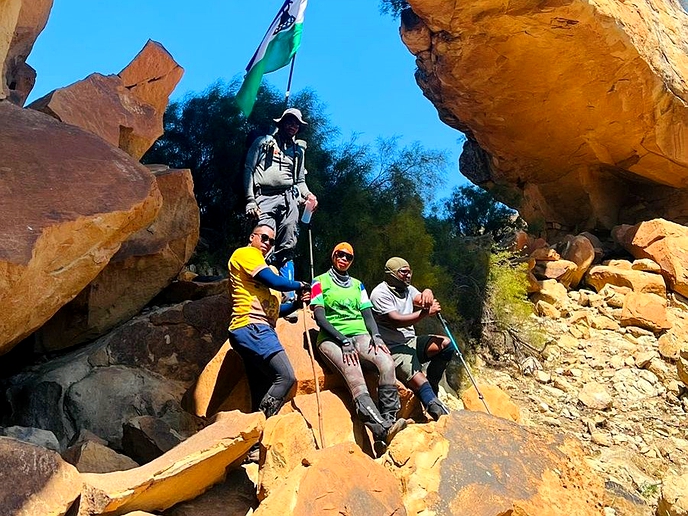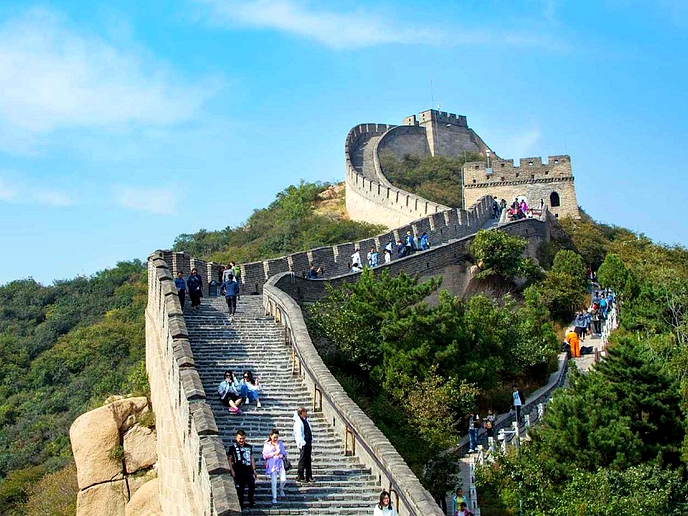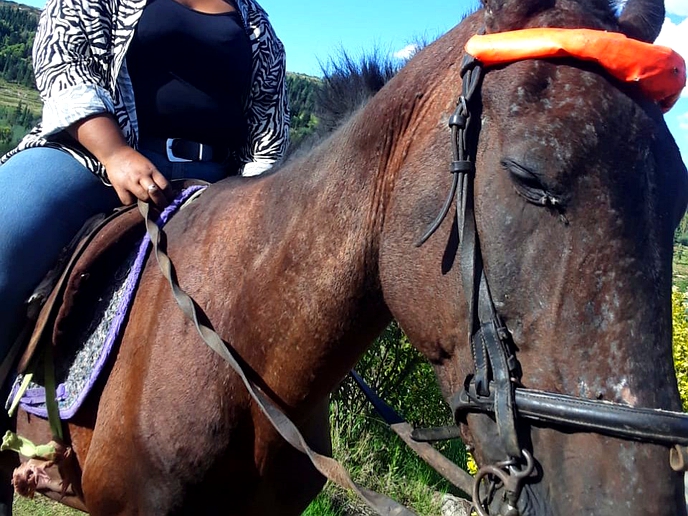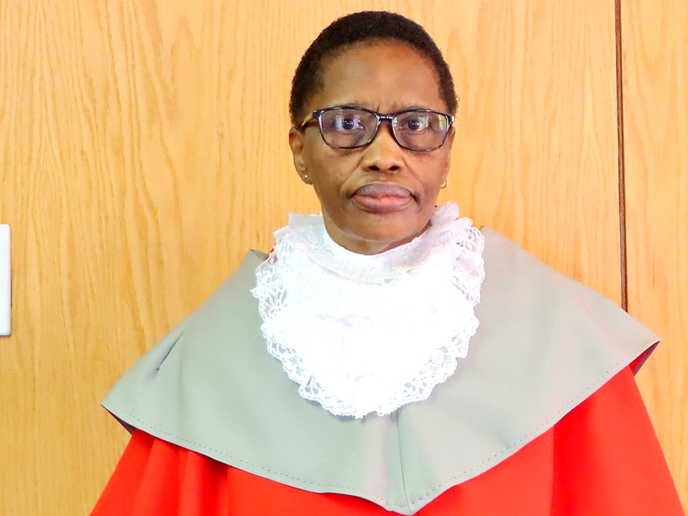THE Butha-Buthe plateau is a flat beautiful mountain situated in the northern parts of Lesotho. The historic place also acts as a magnet for tourists keen to know about the heritage of Lesotho and the origin of its people, Basotho.
travel
Feb. 13, 2023
THE NOMAD - MAPAMELA KHANYELA
5 min read
A tour of the Butha-Buthe plateau
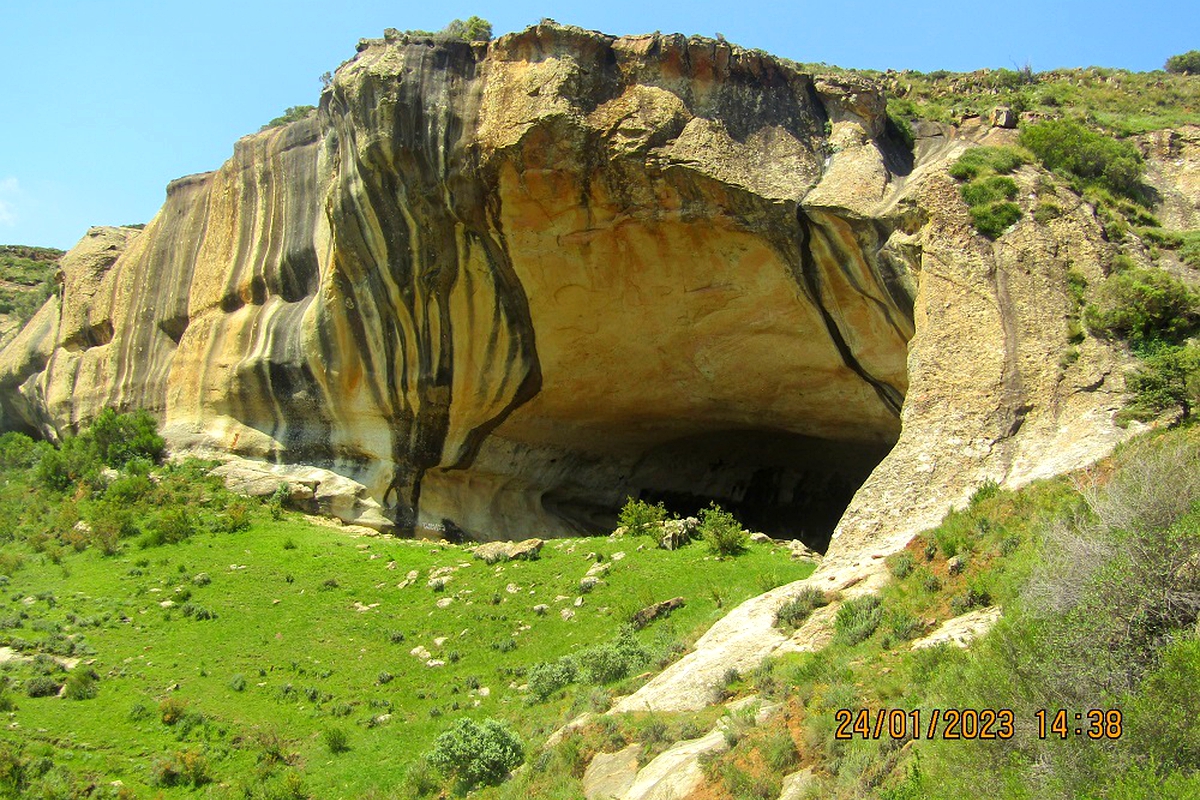
King Moshoeshoe I and Mohlomi used to sleep in this cave
Story highlights
On January 24, 2023, I opened my traveling account by visiting Butha Buthe plateau, a mountain fortress that King Moshoeshoe I, the founder of Basotho left in 1824 for Thaba Bosiu.
My competent tour guide was Limakatso Motolinyane of the Thaba-Khubelu Conservation Tours, a conservation society that protects endangered birds in Butha Buthe.
The outfit also offers guided village tours.
Some of its members are from the Tlokoeng community and are adept traditional dancers who also provide entertainment to tourists.
The plateau is not far from the rural town of Butha Buthe.
Early that morning, we left the village of Tlokoeng for the plateau, which is roughly a 40-minute walk to the mountain. Residents of Tlokoeng are quite friendly and always cordially welcome visitors passing through their village.
The village is named Tlokoeng as its first inhabitants were primarily Batlokoa, but things have since changed according to Motolinyane. “We now have people of other clans living here in Tlokoeng,” she says.
As we approached the plateau, she gave expertly gave me a brief history of the plateau.
“Initially, the plateau was a cattle post belonging to Batlokoa, before King Moshoeshoe I occupied the place. The great King arrived here around 1820 from his original home Menkhoaneng and he stayed here for a while. Like most men of that era, he used the nearby caves as his sleeping quarters. Batlokoa did not receive him with open arms, among others, they accused him of invading their territory. They, therefore, made his life pretty difficult in that place. They used to plunder his fields, attack his herd boys, and prohibited his animals from drinking from their wells. It became practically impossible for him to survive,” she explained.
As we climbed up the plateau, the first thing that caught my attention was a unique cave that had been covered with something like a reed screen (seotlo).
Motolinyane was quick to explain that place was used as an initiation school for women. As we walk past the place, she narrated life on the plateau. “In recent years, this mountain has been used for initiation purposes. Initially, the place was occupied by male initiates and for our guided tours, we made prior arrangements with their principal instructors so that our visitors did not disrupt their sacred programmes,” Motolinyane told me.
In the same vicinity, there are twin caves called Kopu and Kopunyane. Like an ardent hiker, I was keen to see the specific place where the founder of Basotho used to sleep during his brief stay here. Inside the caves, many names have been written on the walls, there is also a fireplace and signs that at some point, water flowed through the cave from the top.
“These caves were quite useful to many other Basotho men including King Moshoeshoe I’s traditional medicine man, Mohlomi, who used to sleep in the bigger cave. The cave was also used as a sick bay for the sick and injured. The other smaller one was used for keeping animals. Women and children slept in proper houses on top of the mountain,” Motolinyane also narrated.
We used the Tlokoeng pass to climb to the top of the plateau and on the way, there are several species of indigenous shrubs such as thus erosa and quilted sage wood.
Through the flat plateau, there are also several types of flowers, but the most popular one is the calla lily, which is scattered all over the place.
Across the plateau, there are several visible house structures and scattered stones that were part of the houses.
There is a thick pine-tree forest right below this old abandoned village. Nearby, is a dam filled with water. “These used to be Batlokoa’s homes, the dam below was where their animals drank water from, but the Batlokoa from historic times used to prevent Moshoeshoe’s animals from drinking from that dam,” Motolinyane said, as she led me to a place called Tŝepeng.
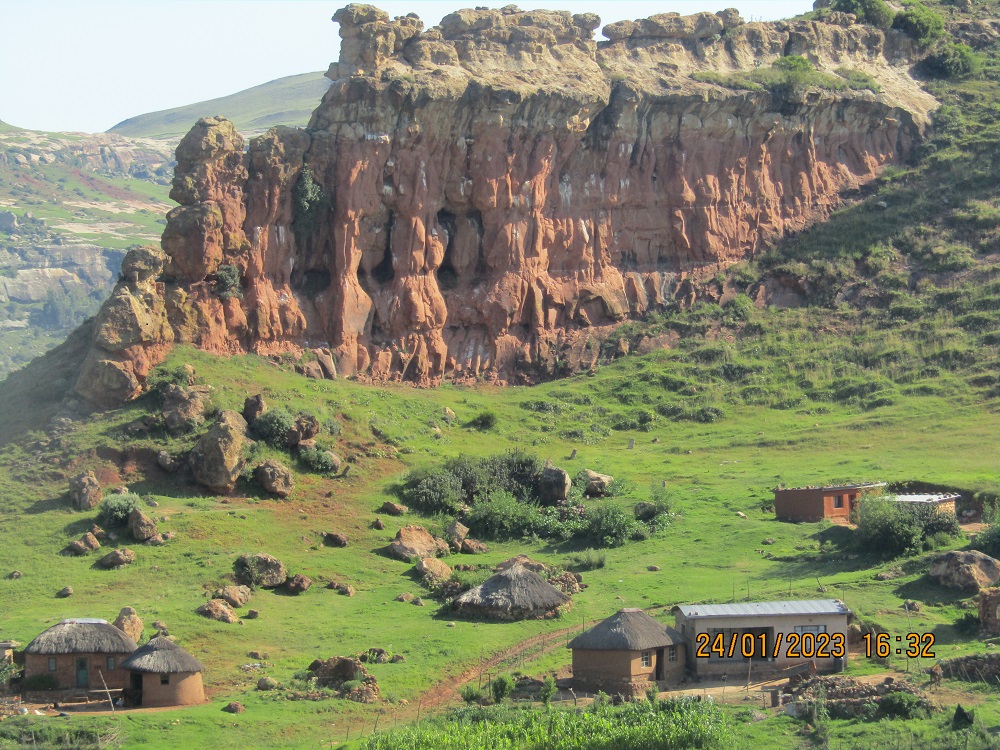
Thaba-Khubelu is home to the bald Ibis bird
Enjoy our daily newsletter from today
Access exclusive newsletters, along with previews of new media releases.
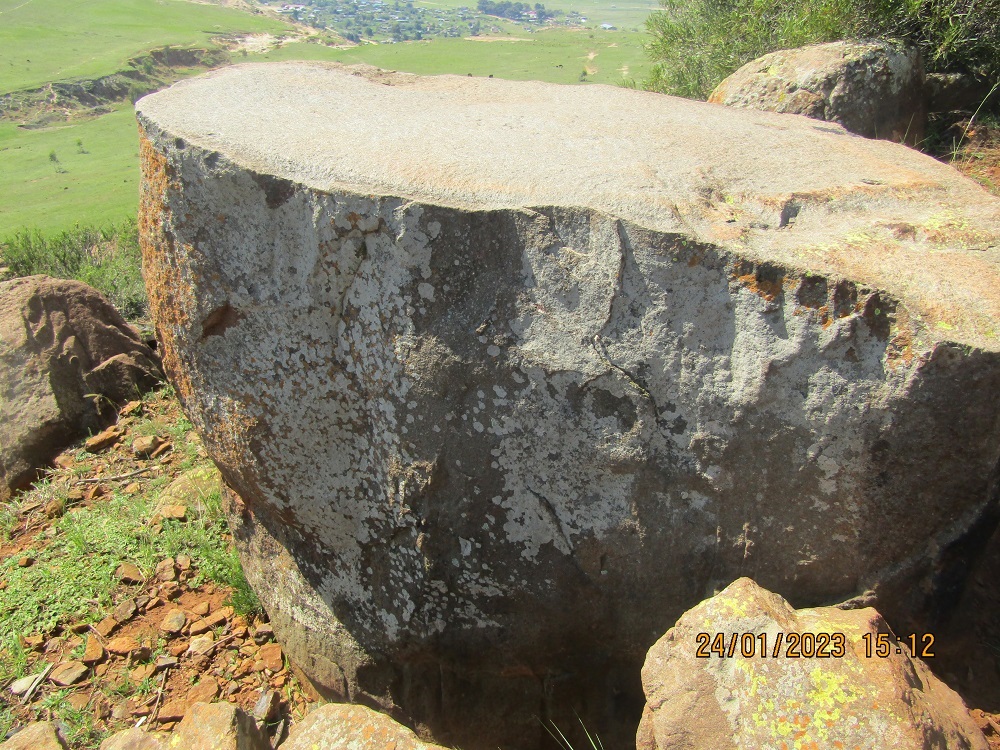
Tŝepeng
At Tŝepeng, there are two big rocks which my guide described as pots,
“These rocks were used as a bell to summon the villagers to a public gathering, they are named pots because they make a sound of a pot as you open and close it,” she described.
Indeed the rocks made that special sound as we hit them with smaller stones.
We headed further into the other parts of the plateau, where there were more house-like structures and Motolinyane told me that was where King Moshoeshoe I actually lived with his big family.
At the end of the walk, a tour of Butha Buthe would not have been complete without a visit to Thaba Khubelu, a mountain used for conversing bald Ibis birds.
Motolinyane, said at the last count, there were probably 42 bald Ibis birds on top of the mountain.
“We have held a series of public gatherings to make people appreciate the importance of these rare birds and how they help attract more tourists to the place. We also, protect the owls that stay in our campsite and we are yet to know how many owls are here,” she said.
A guided tour by Thaba Khubelu Conversation Tours costs M100, it covers a tour to the village, traditional dances, bird watching, and a tour to Butha Buthe plateau and to access all these services, one has to make prior arrangements. The best time to see the Ibis birds is in the morning or evening because, during the day, they go out in search of food.
In conclusion, protea trees make lasting firewood, it is for this reason that only chiefs were privileged to harvest it for firewood. Protea trees were also used to sharpen spears during Moshoeshoe I’s few years in Butha Buthe. People of Butha Buthe are called Likila, because they are named after the protea trees found in that district.


